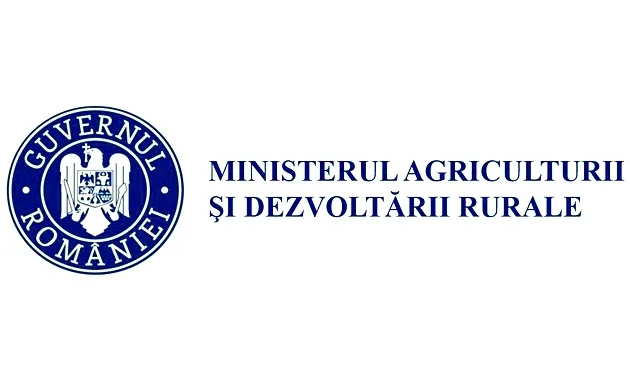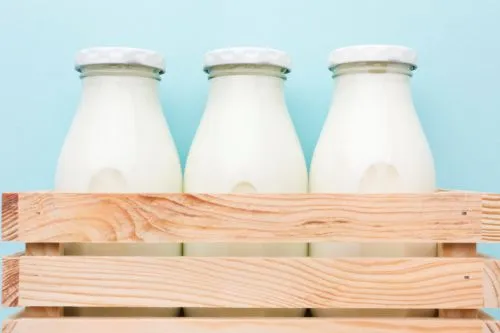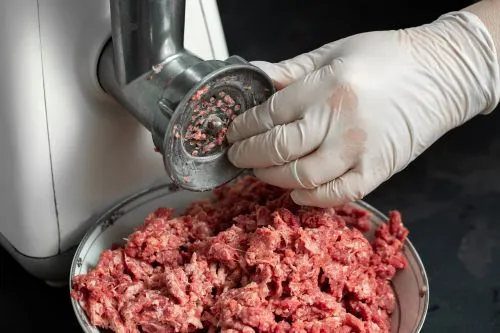
Faced with the need to reduce greenhouse gas emissions, the European Union has set its target for carbon neutrality by 2050. Among the proposed actions to be taken is the management of manure, as stated in a study cited by Pig333.
A Calculation System
In collaboration with Idele (Institut de l'Élevage) and Itavi (L'institut technique des filières avicole, cunicole et piscicole), IFIP (Institut du porc) has developed a calculator to determine the cost per ton of CO2 saved by changing manure management practices on pig, cattle, and poultry farms. The calculator compares standard manure management with alternative practices.
In the pig industry, the standard manure management involves storing it in pits under the barns and then transferring it to open-air lagoons, while the alternative practice is the daily removal of manure through mechanical scraping of the pits and subsequent anaerobic digestion.
The diagram presents the scope of gas emissions considered by the calculator developed by IFIP. Technical data (methanogenic potential of anaerobically digested effluents, combustion of collected biogas, biogas leakage, etc.) and economic data (investment costs and operational costs of practice changes) are provided by the tool but can be modified by the user.
Reduction Levels
The daily removal of finishing pig slurry through mechanized scraping and the installation of a biogas collection cover on the external storage lagoon (psychrophilic anaerobic digestion) in a 300-sow farm from farrowing to finishing allows for a 59% reduction in direct greenhouse gas emissions compared to the standard management, i.e., 671 tons less CO2 eq/year (472 compared to 1,143 tons CO2 eq/year emitted under standard or conventional conditions).
These values are obtained considering a 90% covered storage lagoon, 5% leakage of collected biogas, expression of 29% of the slurry's methanogenic potential, and combustion of the collected biogas.
Frequent removal of pig slurry and its anaerobic digestion reduce the farm's direct greenhouse gas emissions by more than 50%.
In this example, under conditions encountered in France, with an additional investment cost of 60 EUR/sow for mechanized scraping, an investment of 113,000 EUR, and an operating cost of 3,000 EUR/year for psychrophilic anaerobic digestion, the cost per ton of CO2e saved is 41 euros.
With a 40% investment subsidy and heating savings of 10,000 EUR/year through energy replacement, this remaining cost is reduced by half to 20 EUR/t CO2e.
In this case, the cost calculations did not consider the possibility of mesophilic anaerobic digestion and cogeneration and the sale of electric energy, although the calculator allows for the calculation of all these scenarios.
The calculation scheme enables the prioritization of technical and economic criteria that have the greatest impact on these emissions and identifies priority actions.




